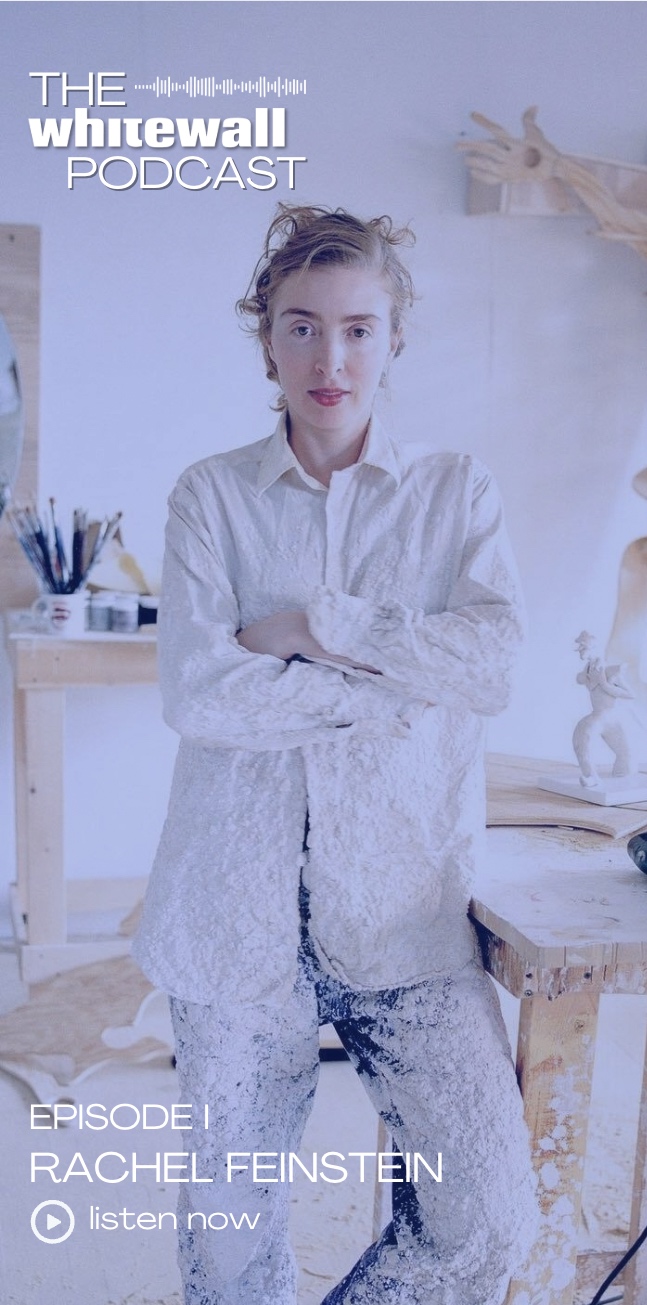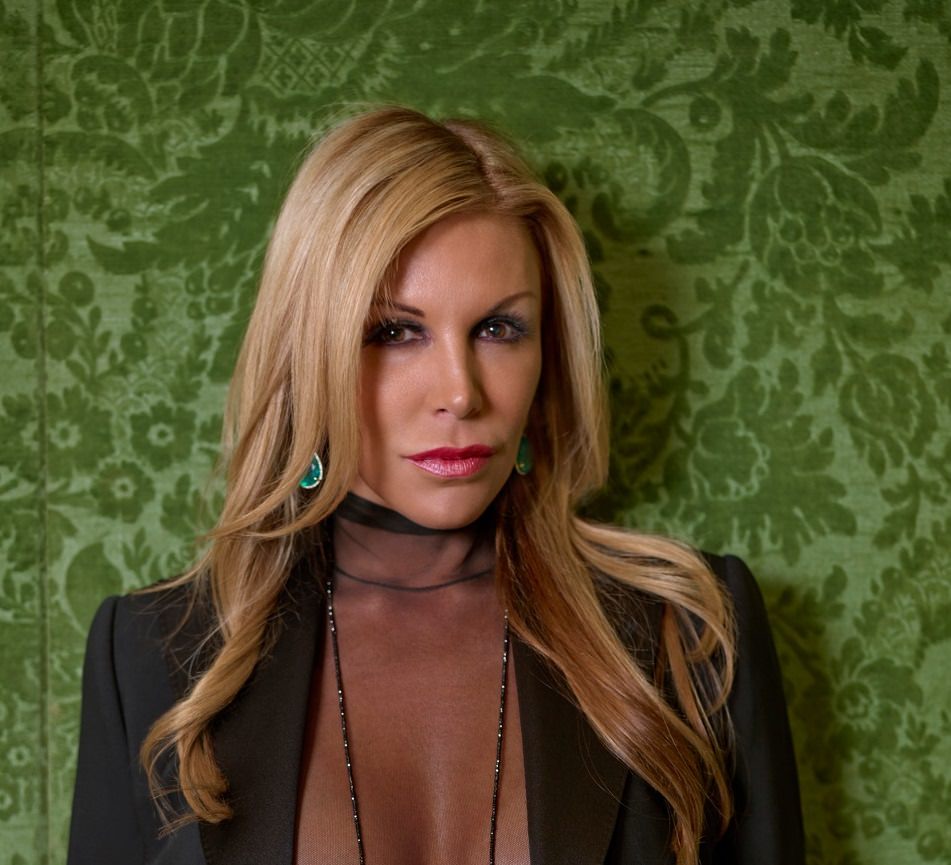The 22nd annual Watermill Center benefit and auction takes place tomorrow, July 25, and is titled “Circus of Stillness: The Power Over Wild Beasts.” As in years past, the over-the-top evening, which brings together the worlds of fashion, art, theater, design, and society, will include interactive installations, performances, and experiences on the grounds of the foundation, raising money to benefit its artist residency program. And as always, the man behind Watermill and the not-to-be-missed summer event is the multifaceted Robert Wilson.
It could be argued that Wilson is a great emerging artist. Of course, technically speaking, he has been working professionally (and quite successfully) in the arts without pause for more than four decades. And he has created some of the most powerful and indelible images in theater and opera to appear in that time. And he is famous. And he has been the subject of spectacular museum retrospectives. And a movie and an incredible number of articles and books have been devoted to his work. And he has his own (also famous) arts center in the Hamptons.
But those things aside, seeing a Robert Wilson production is like seeing something you know as if for the very first time, because each Wilson work exists solely for itself. In his productions, he has a way of making time stand still or, better yet, run counter to what you think you’re used to. And when time moves in reverse, you end up back where it started. But the main reason is that Wilson invites the audience into a space where intention and meaning are constructed, a place typically reserved for the artist alone, making us his collaborators. Each separate experience of his work is unique, prompting one to think of Wilson as a new, unknown artist that friends call Bob.
WHITEWALL: You’ve been working in the arts for over 40 years. The world, let alone the “art world” has changed dramatically in that time. Have you had any major shifts in thinking along the way?
ROBERT WILSON: The only thing that is constant is change, so even though you’re doing the same thing over and over, it’s always different. If you stop and listen for a few seconds, the sequence of sounds you have just heard will never be heard again in that order. When Albert Einstein was asked to repeat what he had just said, he replied, “There is no need—everything I say is all the same thought.” So it is for an artist; it is all the same thing, although of course there is change. One body of work is like a tree that grows; sometimes it has leaves, sometimes they fall off, sometimes it’s in a storm, but it’s always the same tree. My early work was silent, then I added text that was nonsense, then I added text that was narrative. Sometimes I make video portraits, or I direct an opera, or I design a chair. In a sense it’s all the same aesthetic. Marcel Breuer said that the aesthetics that went into designing a chair were the same that went into the design of a building or a city.
WW: But your work has always gone beyond aesthetics in that you have addressed some of the major themes in art, such as time, language, composition, movement, color, not to mention the more existential subjects. But your stylized, aesthetic style has always left room for the audience to leave with more questions than answers, almost like a Brechtian distancing effect.
RW: My responsibility as an artist is not to say what something is, but to ask questions. Not to say what it is, but to say, “What is it?” That’s the reason to work. Interpretation is not the responsibility of an artist. Interpretation is for a public, philosophers, who in time can discuss what a work is about.
WW: A development in your work lately has been your series of “video portraits,” videos of a central character, a very well-known subject such as Isabella Rossellini or Brad Pitt. And these have been shown in galleries around the world. Is this more than the exploration of a new medium?
RW: From the beginning I have been interested in the movement in stillness. This is what I explored from the beginning with the video portraits. Now we are able to work in the medium of high definition, where one can see incredible detail, the smallest movement.
WW: Is working with those contemporary figures a counterpoint to the historic figures, like Einstein, Freud, and Stalin, you worked with earlier in your career?
RW: My work is a bit like a family album. I work with nonprofessionals and professionals, with celebrities and noncelebrities. With athletes, with animals, with royalty, with politicians. It’s like a family album of diverse personas.
WW: Very diverse. You have worked with artists such as Philip Glass, Heiner Müller, William Burroughs, Allen Ginsberg, Laurie Anderson, Lou Reed, Tom Waits—and that’s the short list.
RW: Collaboration is important for me because my work changes with the different personalities I am working with. If I’m working with David Byrne it’s very different than when I’m working with Heiner Müller, Philip Glass/Tom Waits, Chekhov/William Burroughs, Wagner/Mozart.
WW: I wanted to ask you about Paul Thek. Many people may not know that you are the executor of his estate. Is there a correlation between your work and his, beyond the personal?
RW: Yes, Paul and I shared many common interests, whether it was in imagery, aesthetics, et cetera. Paul was equally interested in performing; in working communally; in sculpture, painting, music, and dance. Our work was outside of the mainstream.
WW: So you and Paul shared a similar multidisciplinary approach, which comes across in your work. Design, for instance, has always been a major focal point in your productions. You’ve been accused of turning actors into chairs and chairs into actors.
RW: My theater is an epic theater where all elements are of equal importance: the movement; the light; the gesture; the sound of a footstep, a chair, a word, the music are all equally part of the work.
WW: But what’s interesting is there are elements of your theater productions that carry on, such as furniture design. Your designs created for productions have gone on to be produced commercially and are highly sought-after by collectors. You’re also known for being a passionate art collector. What do you consider to be the value of the art object?
RW: The value of an art object is in its intrinsic power—it can move and inspire us.
WW: A good proportion of your collection is installed at the Watermill Center for the inspiration of the artists in residence who live and work there. While it’s certainly not cluttered, it’s also not the white-wall, empty space approach. What does it mean to work in this environment?
RW: I think it’s important that as a cultural center, we live with the history of man. The way that we understand these histories is through artwork. The artists are the diaries and journals of our time. In the future, their work is what will remain. It’s important that we maintain the balance of interest in creating new work with the balance of interest in looking at the past.
I see the Center as a laboratory for the development of new work, and it houses a collection of artwork from Neolithic to contemporary. It is to develop and show work of young, emerging artists.
WW: Watermill has also become the center of a social scene. Was this intentional? Is there a social element to art that is just as important as a painting or a performance?
RW: I have always been socially concerned. My early work, my first play, was written with a deaf-mute boy who had been going to be institutionalized—they thought he couldn’t learn. I was the first one to realize he was deaf. My first play with text was written with an autistic boy who had been institutionalized. My work has always brought together people from different educational, political, social, and cultural backgrounds. This diversity is key to the work.
This article is published in Whitewall‘s special Hamptons Issue out now. The interview was conducted by Brent Lewis for Whitewall’s Spring 2011 Art Issue.











